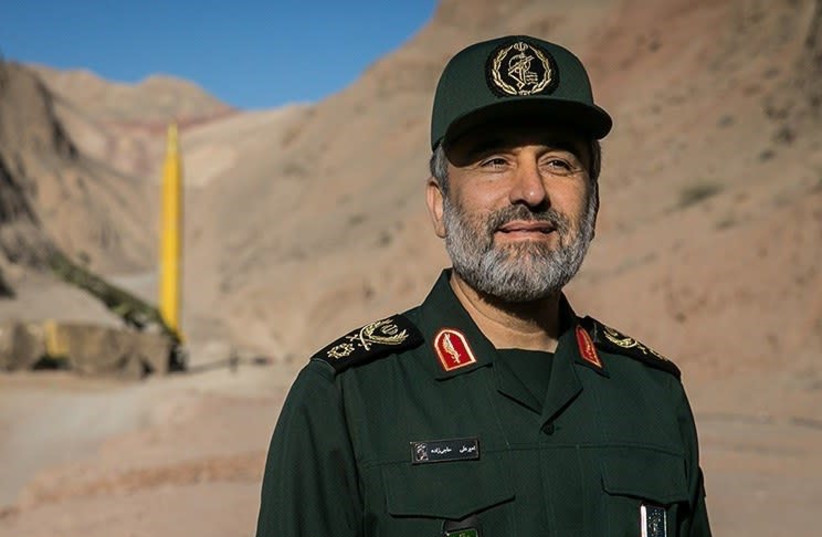Iran launches “three research cargos” into space
Iranian media says Iran successfully launched the Simorgh space-launch vehicle (SLV) to 470km altitude with cargos on board. Iranian media released footage of a rocket being launched as evidence.
By SETH J. FRANTZMAN
Published: DECEMBER 30, 2021 11:39
Updated: DECEMBER 30, 2021 11:44
Iranian media on Thursday said the country had launched “three research payloads” into space with its Simorgh satellite-carrying rocket. The announcement comes from Iran’s Ministry of Defense.
Initial details say that Iran had successfully launched the Simorgh space-launch vehicle (SLV) to 470km altitude and that it had the cargos on board. More details of this must be confirmed and examined to see the implications of the launch.
According to early reports, the launch to an altitude of 470km did not likely put the payloads into orbit because they would have needed to reach a higher altitude. It is unclear what became of the payloads, if they crashed into the ocean or what befell them.
cnxps.cmd.push(function () { cnxps({ playerId: ’36af7c51-0caf-4741-9824-2c941fc6c17b’ }).render(‘4c4d856e0e6f4e3d808bbc1715e132f6’); });
Iranian media released footage showing a rocket being launched as evidence of its claim to have conducted the launch. The video was shot during the day, apparently this morning.
Tasnim News in Iran reported that the launch shows the “indigenous space capability and the ability to launch small satellites”. It also shows “the development of launchers with higher capabilities, the design and development of Imam Khomeini space and the satellite on Simorgh were included in the country’s space industry program.”
According to Iranian statements, “in this launch, the performance of the components of the space base and the performance of the satellite’s stages were performed correctly, and finally, the intended research goals of this launch were achieved.”
For the first time three “research” cargoes were launched. The report indicated that data from the launch will enable other operational launches.

Iran has an impressive program of ballistic missiles and is trying to play a large role in space. In January 2020 Iran’s Defense Ministry space group had made claimed about new satellite carriers. At the time spokesperson Ahmad Hosseini bragged that Iran was now the seventh country to develop space technology of this kind.
Tasnim said at the time “referring to the upcoming launch of the homegrown ‘Zafar’ satellite, it has 25-meter precision and the precision of the next version of Zafar would be 16 meters.”
He also mentioned the Sarir and Soroush satellite carriers. He said “the country is seeking to build solid-fuel satellite carriers in the near future.”
Other reports in December 12, 2021 noted that there was new activity at Iran’s spaceport known as the Khomeini National Space Center. It showed the Simorgh satellite-carrying rocket in position.
There was an attempted launch in June 2021 as well using this rocket. It failed. There was another failure in February 2020. The failed launch involved the Zafar satellite in February 2020.
There was another failure in August 2019, during which former US President Donald Trump tweeted a photo of the launch site. Iran put a spy satellite into orbit, the country claimed, in April 2020.
A New Lines Institute report on December 28 said that Iran’s military space program was picking up speed. Iran’s new president Ebrahim Raisi wants to put new emphasis on the space program, according to reports at War on the Rocks published on December 27.
The prediction at that time, a few days ago, was that new launches would occur. Now it appears one has taken place.
It comes in the wake of a recent drill in which Iran also showed off ballistic missiles.
Content retrieved from: https://www.jpost.com/middle-east/iran-news/article-690163.